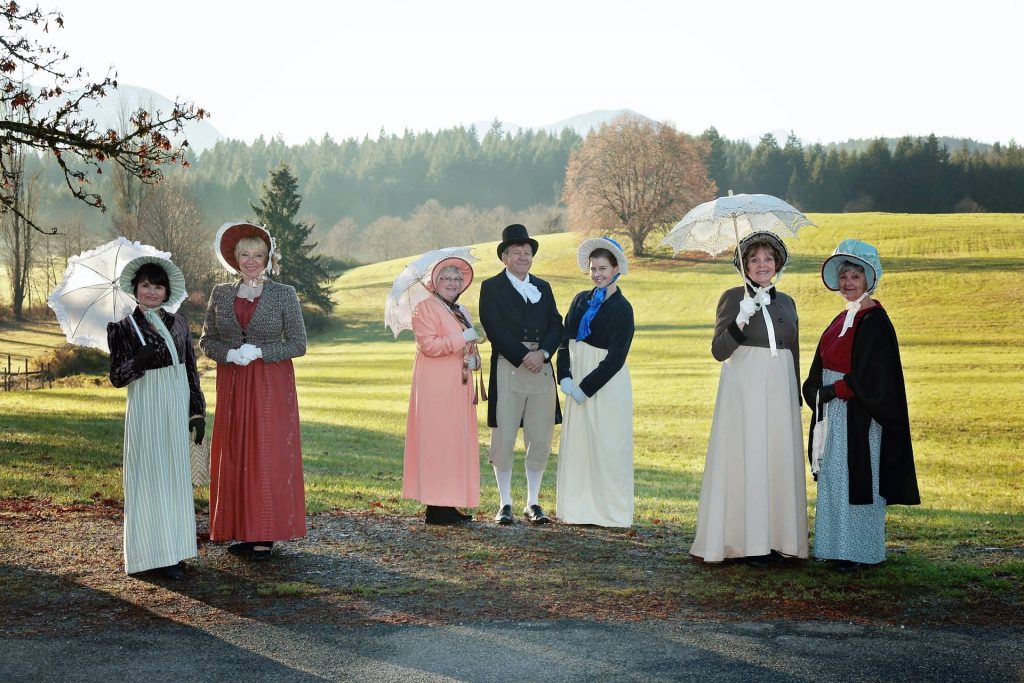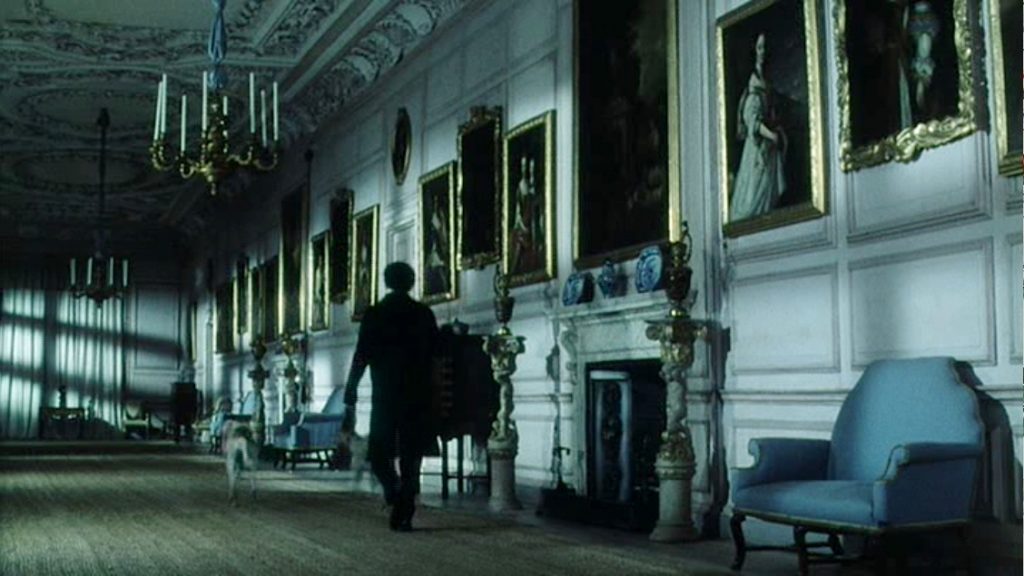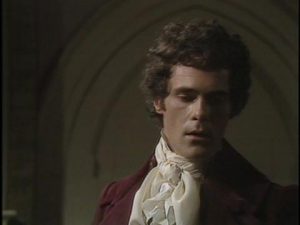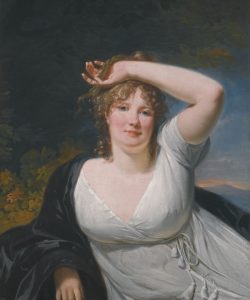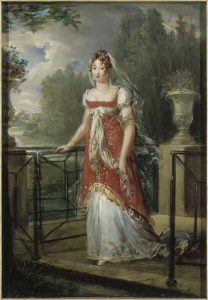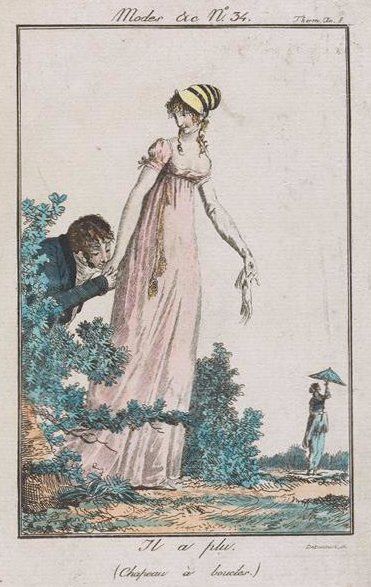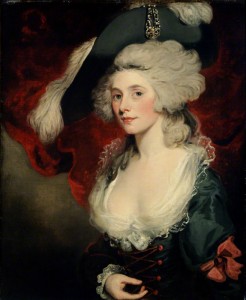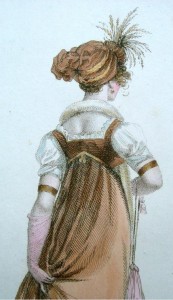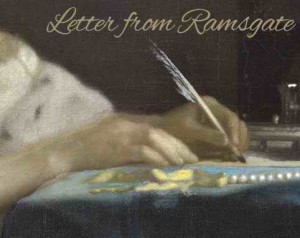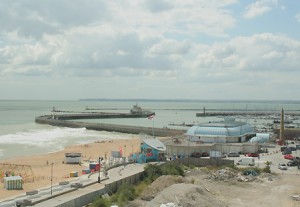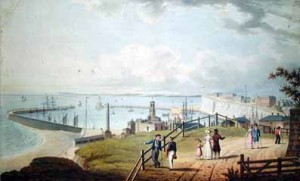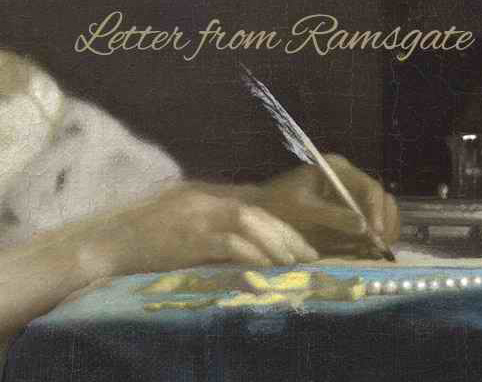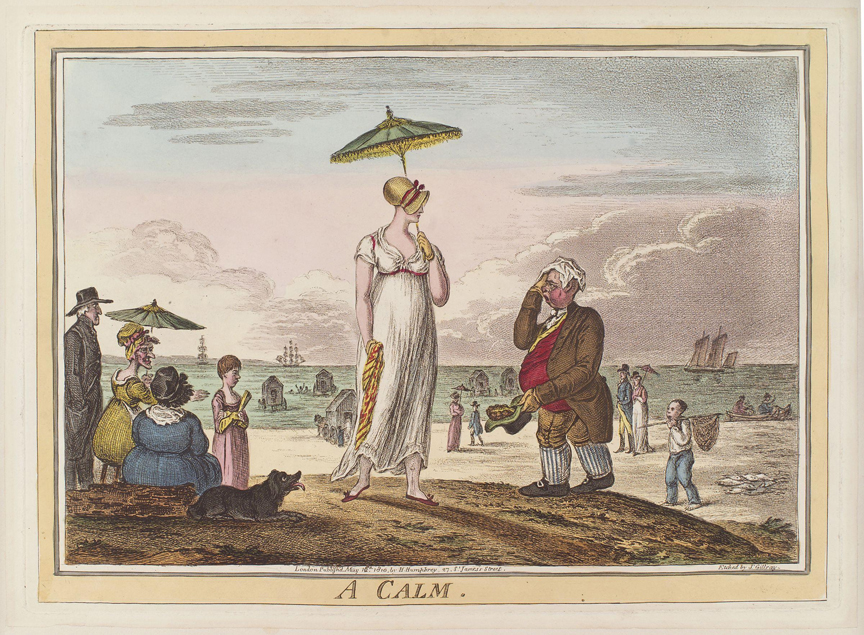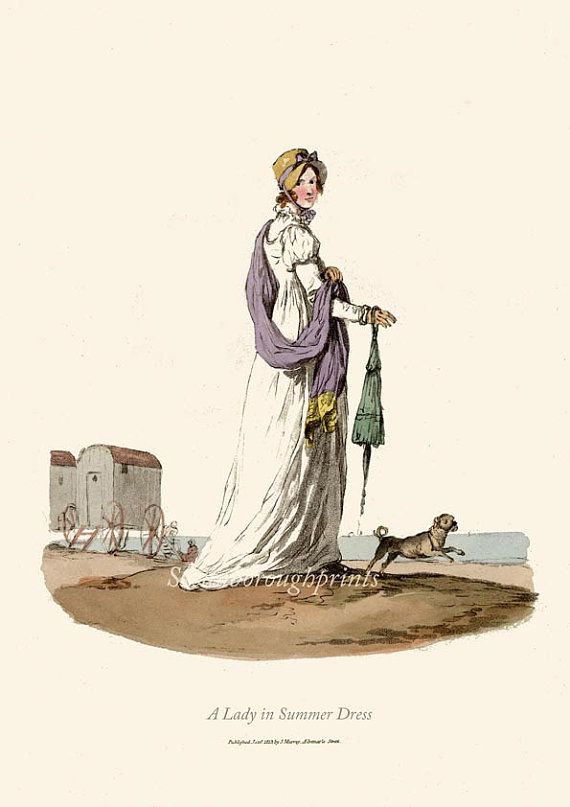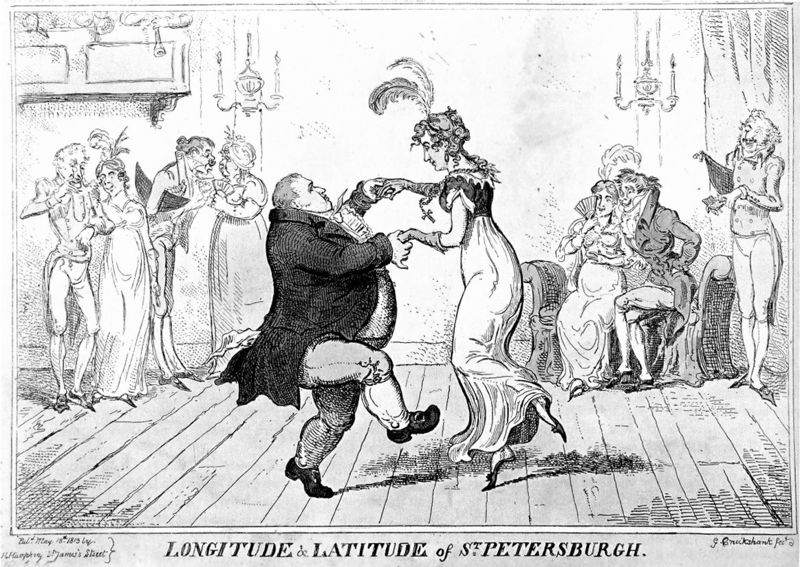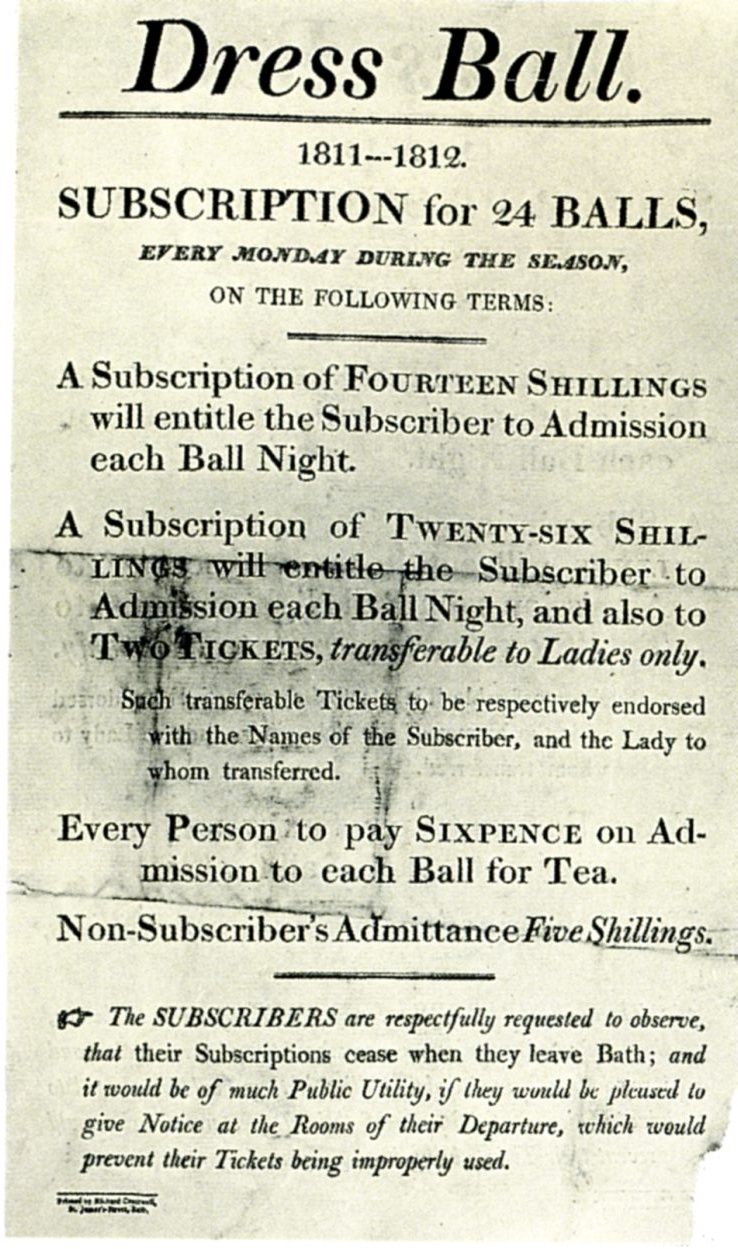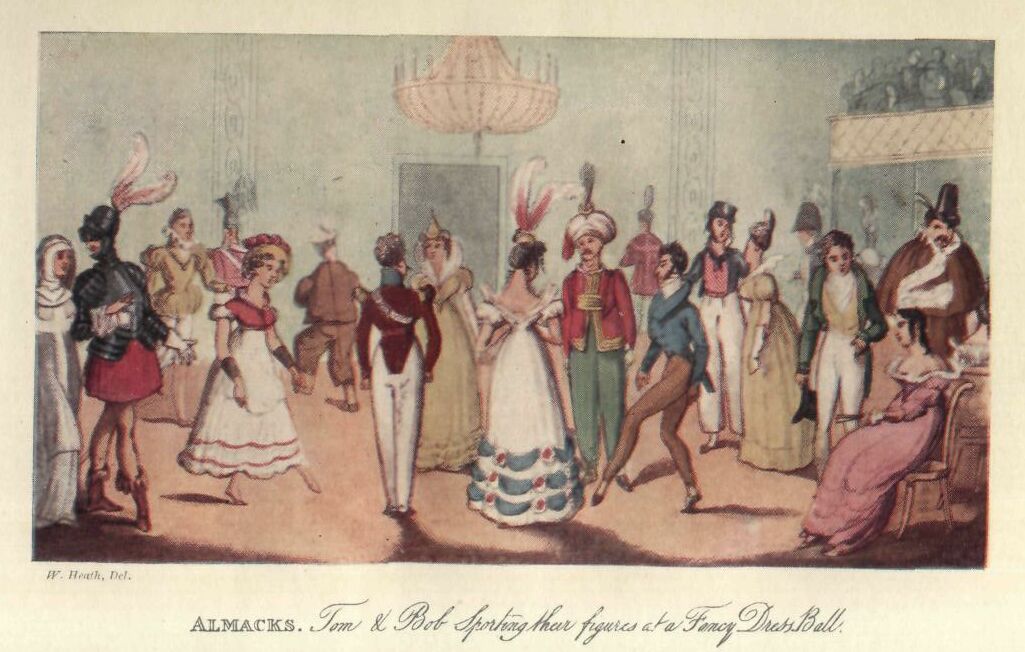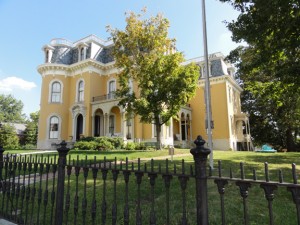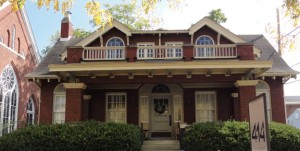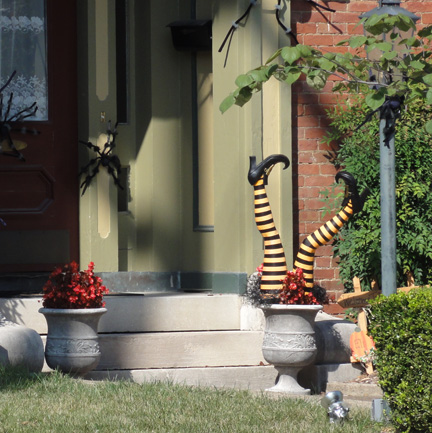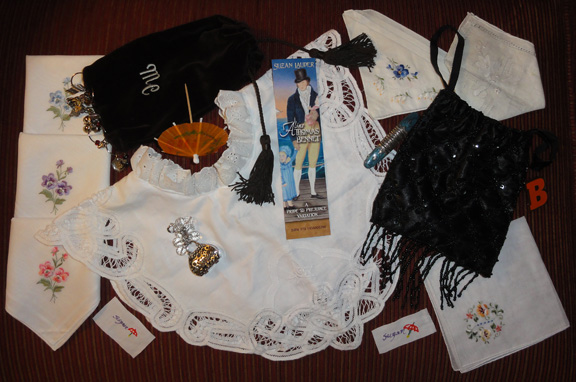Whenever I hear the name of the city of Port Alberni, I think of three things: the 1964 tsunami that tore through hundreds of homes in the community, huge water bombers for fighting forest fires, and the initials P.A., which make me think of Prince Albert, the husband of Queen Victoria. You have to be familiar with cities in Saskatchewan to make that last giant leap.
A further leap: the actor who portrayed Mr. Wickham in the 2005 Pride and Prejudice adaptation, Rupert Friend, also played Prince Albert in The Young Victoria.
But back to Port Alberni: I now add a fourth–or first–thought of the city when I hear the city’s name: the Jane Austen Festival.
Port Alberni sits in the middle of Vancouver Island, which is just off the southwest coast of British Columbia, Canada. The island is about the size of Maryland or 1/4 the area of England.
The Jane Austen Festival of Port Alberni started in 2015, with one day of events, including a tea. In 2016, it will be a much larger, two day celebration. On Friday, July 8, a Regency style brunch will be held in the morning, a Regency style tea takes place that afternoon, and on Friday evening, participants get to meet me at the “Readings of Jane Austen’s Work” event!
As a guest speaker, I’ll describe The World of Austen-inspired Fiction. This will include a reading from Jane Austen’s Pride and Prejudice that inspired my latest novel, as well as a short scene from Letter from Ramsgate, which will be released by Meryton Press in October, 2016.
You’ll also find me with other authors at the signing tables, where readers can either bring their own copy of my first novel, Alias Thomas Bennet, or the Meryton Press holiday romance anthology, Then Comes Winter, or purchase a copy from me for signing. Either way, participants for the signing will get an Alias Thomas Bennet bookmark and a chance to enter a draw for a set of three gender-appropriate Regency costuming accessories courtesy of the Thrift Shop Regency Costume Experiment.
The main event is Saturday morning: the attempt to break the Guinness world record for “Largest Gathering of People dressed in Regency Costumes!” The original record of 409 people set in Bath, England in 2009 is the most recent listing on the Guinness World Records web site. Since then, Bath and Louisville, KY, USA have been battling for the title, and each time, one outdoes the other! Louisville didn’t challenge the record in 2015 because they hosted the Jane Austen Society of North American Annual General Meeting instead. However, the 2015 Bath Festival had 550 participants including a number of Jane Austen Fan Fiction authors and bloggers.
Registrations for the World Record Challenge event will be accepted until 10am on Saturday, July 9, 2016, and all participants must be in attendance by then. Participants must be dressed according to the Guinness guidelines. Of course, help to throw a quick costume together is in my blog posts for the lady’s Regency costume and the gentleman’s Regency costume.
The Port Alberni organizers are the Centennial Belles Fashion Group, costumers who support local fundraisers with costuming from many eras. They’ve been hosting workshops and information sessions for nearly a year in preparation for this festival. They believe the majority of their participants will be from the local area. It will be interesting to find out how far people come to participate in the event.
For me and Mr. Suze, it’s a two hour drive. On the way, there are some magnificent sights: Goldstream Provincial Park, where in the springtime, you can watch flocks of American eagles fishing for salmon as the fish make their way upstream to spawn; the magnificent views along the Malahat pass; the town of totems: Duncan, BC; the bustling city of Nanaimo where we’ll lunch with friends; the beaches of Parksville; Coombs and its funky reconstructed historical village of arts and crafts shops where the general store (gourmet store, really) has goats on the roof; and perhaps best of all, Cathedral Grove, an old growth cedar forest that will remind many of The Avenue of the Giants redwood forest in northern California. Slightly off the direct path are numerous wineries and farms in the Cowichan Valley; the little town of Cowichan Bay, its bay as pretty as a picture, and a bakery that features Bernard Callebaut chocolate chunk dinner rolls; Chemainus, known for its many large murals and summer theatre; Ladysmith, with eclectic shopping on its historic main street and some of the best cinnamon buns anywhere; and Qualicum Beach, with excellent restaurants and the original Quality Foods gourmet grocery. In addition, there are many types of outdoor adventures near Port Alberni.
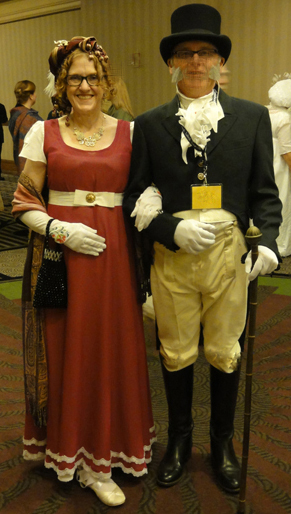 On Saturday evening at the Jane Austen Festival, there will be a Regency dinner and ball, and the tickets are a steal for this type of event! Tickets are selling fast for the brunch, tea, dinner and ball. The Readings of Jane Austen’s Work event entry is by donation.
On Saturday evening at the Jane Austen Festival, there will be a Regency dinner and ball, and the tickets are a steal for this type of event! Tickets are selling fast for the brunch, tea, dinner and ball. The Readings of Jane Austen’s Work event entry is by donation.
I procured a lovely purple pagoda umbrella, and I plan to add some tassels and lace to transform it into a Regency Parasol to flounce around with during the count for the record, as Vancouver Island tends to have dry, sunny summer days!
Come, join me and Mr. Suze in Port Alberni, or at the very least, put this event on your calendar for next July!
~
Other blog notes:
 Happy Fourth to my American friends, or as we like to call it in Canada, the last day in the Canada Day extended holiday weekend!
Happy Fourth to my American friends, or as we like to call it in Canada, the last day in the Canada Day extended holiday weekend!
The promised posts on my learning experiences as a writer, with links to help those who want to become better self-editors, are delayed due to the pressures of editing my new novel. Sorry! Subscribe to my blog to get notifications so you know when they’re up!
Author Catherine Curzon, otherwise known as Madame Gilflurt, who hosted a guest post by me in January, has a book out in the UK! Life in the Georgian Court will be an excellent resource for historical fiction authors, as well as a fun romp through history. It will be released in the US in September, 2016. She’ll be a guest on my blog around that time! Yes, our eyebrows are all raised at what kind of fun she’d going to bring!
Save


